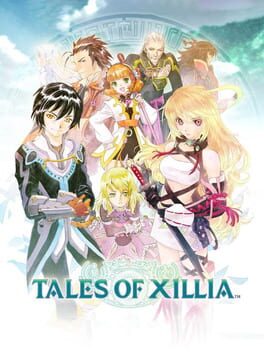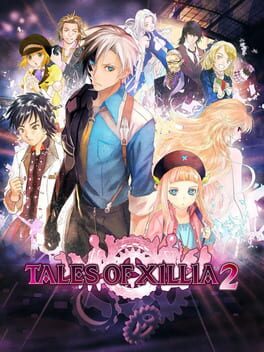

Tales of Xillia follows Jude Mathis, a clever medical student attending school in the capital city, and Milla Maxwell, a mysterious woman accompanied by four unseen beings. Players will be able to choose either Milla or Jude at the outset of their adventure through the world of Rieze Maxia, where humans and spirits live together in harmony. The kingdom of Rashugal has been experimenting with a powerful device that has been draining the mana from the world. Realizing the harm it is inflicting on the world, Milla and Jude set off on a journey to destroy it and restore the mana back to the world. Over the course of the game their lives will intersect with a vast ensemble of characters that will teach them the strength of unwavering conviction.
Also in series
Reviews View More
This game has a lot going for it, mainly the interesting link battle system and the two "routes" angle. The link battle system is completely fine for single or two players, but the second you try and get a third or fourth person in there, you lose out on one of the game's defining attributes. The "routes" really come down to a couple aesthetic differences along with different segments whenever in the story the two main characters are apart. You end up getting pieces of the story this way, and are meant to play both sides to make full sense of the plot. It's a novel idea, not against it. I've personally only ever played Milla's story from start to finish. I would love to see this and Xillia 2 bundled together for a modern re-release.
It was a great experience to go through. Aside from some pacing and character issues, I absolutely loved the world, themes, and characters there were to see. But man, the combat was the star of the show for me, definitely my fav in the series. 8.5/10
More details here!
I didn't see Mila's side yet, so I can't say too much, but it was honestly fun seeing Jude grow as a character.
His meek and kind disposition is not often seen in male JRPG protags, but seeing his resolve and choices affect the ending was👍
I did wish his arc wasn't so fast. There's a certain part in the game where they basically tell what happened all in cutscenes instead of through its usual means, and part of me would have loved going through that gameplay wise along with skits and interactions. Making his big arc last so short was a shame.
Other than that, I really liked the cast. They meshed well with the theme of this game. I only wish they didn't staple so many things on Alvin. If you've played the game then you probably know what I mean. Definitely think other character could have taken some of those roles. Won't go too much into detail.
I also like the bad guys here. Think they were my favorites in the series. I think all of them had a grey side to them in which you could understand why they did the things they did. Especially their connections to the cast. Not only that but they were fun challenges!
Back to postive points! Combat was stellar. The progression to Artes>Linked Artes>Mystic Artes was top tier and experimenting with different characters felt good. It was honestly addicting trying to link everything, that I might have grinded too much before facing the final boss.
The lore of the game was also pretty fascinating. I'm always a big fan of games explaining how magic or special techniques work, and this game does a good job of doing it and expanding on it throughout the plot.
I'm honestly glad Xillia 2 is a thing cause I wanna see more of it.

